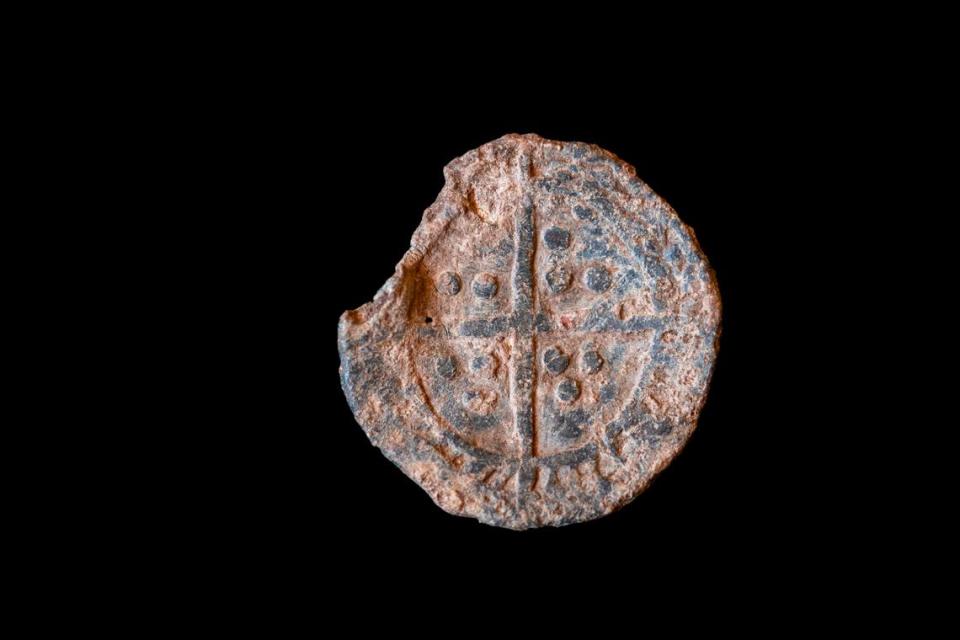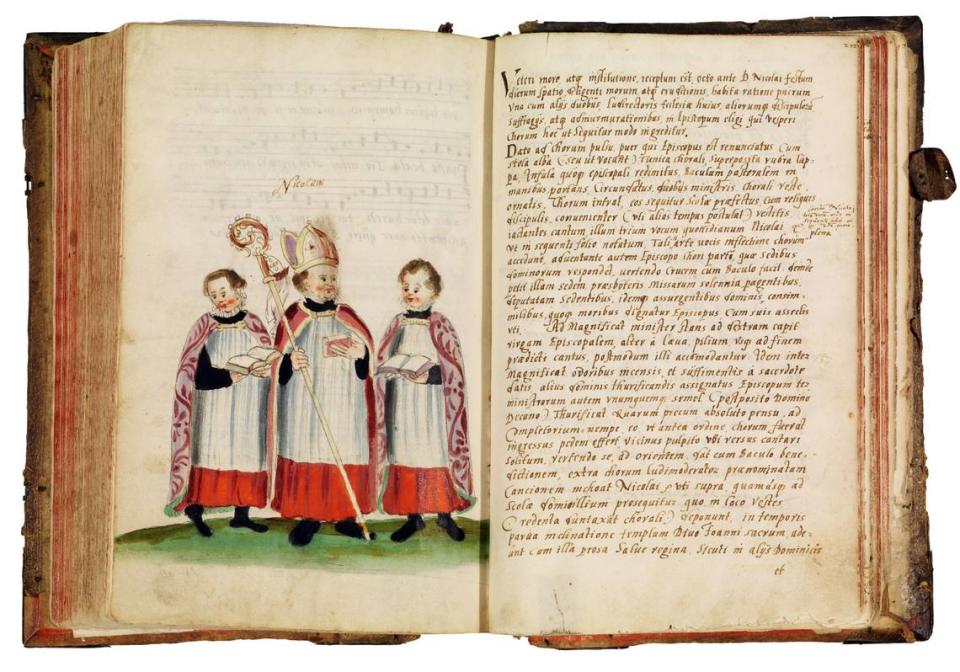Metal detectorist discovers 600-year-old Christmas gift in England. ‘Unusual to find’
Christmas came early for archaeologists in England, who recently unearthed a 600-year-old holiday gift that would have been given to medieval villagers.
National Trust archaeologists armed with metal detectors discovered the medieval Christmas token during a field survey in Oxbourough, located about 100 miles northeast of London.
The coin-sized object — emblazoned with a cross inside of a circle — is “unusual to find,” Allan King, a spokesperson for the National Trust, told McClatchy News.

During the Middle Ages, a choir boy dubbed the “Boy Bishop” would have doled out these tokens to poor parishioners during the holiday season.
“They could be exchanged for food at the festive season, either at the cathedral or local shops,” King said.
The tokens, made from lead, may have also been kept as souvenirs, according to a Dec. 18 National Trust news release.
The “Boy Bishop” tradition, practiced during the Feast Day of St. Nicholas, was not just a local one. It took place in countries throughout continental Europe, including France, Spain and Germany.
This particular token, which dates between 1470 and 1560, likely came from the Bury St Edmunds Abbey, located about 30 miles south of Oxborough.
The abbey, founded in 1020, was among the wealthiest monasteries in England, according to English Heritage, a charity devoted to historic preservation.

The discovery indicates the long distances people were willing to travel during the winter festivities, King said.
The trek from Oxborough to the abbey was a “difficult journey then,” King said. “But the importance of the Christmas celebrations at the cathedral must have drawn people from a wide area.”
The tokens are indicative of the rich cultural lives that even the most underprivileged inhabitants of England had during medieval times, Angus Wainwright, a National Trust archaeologist said in the release.
“It’s also interesting that the Christmas period was a time for fun and celebration aimed at children, with a child taking on the role of the bishop, and St. Nicholas as patron saint of children,” Wainwright said.
The celebration of the the Feast Day of St. Nicholas became less common during the Reformation in the 16th century as Protestants stopped revering saints, according to the St. Nicholas Center, a non-profit.
Saint Nicholas, though, retained his popularity through the ensuing centuries as he became associated with Santa Claus.
Sealed cave hiding centuries-old remains of humans and sea creatures found in Mexico
Look inside luxurious 2,000-year-old Roman home recently uncovered near the Colosseum
See ‘unusual’ and ‘unique’ treasures found in woman’s 1,300-year-old grave in England

